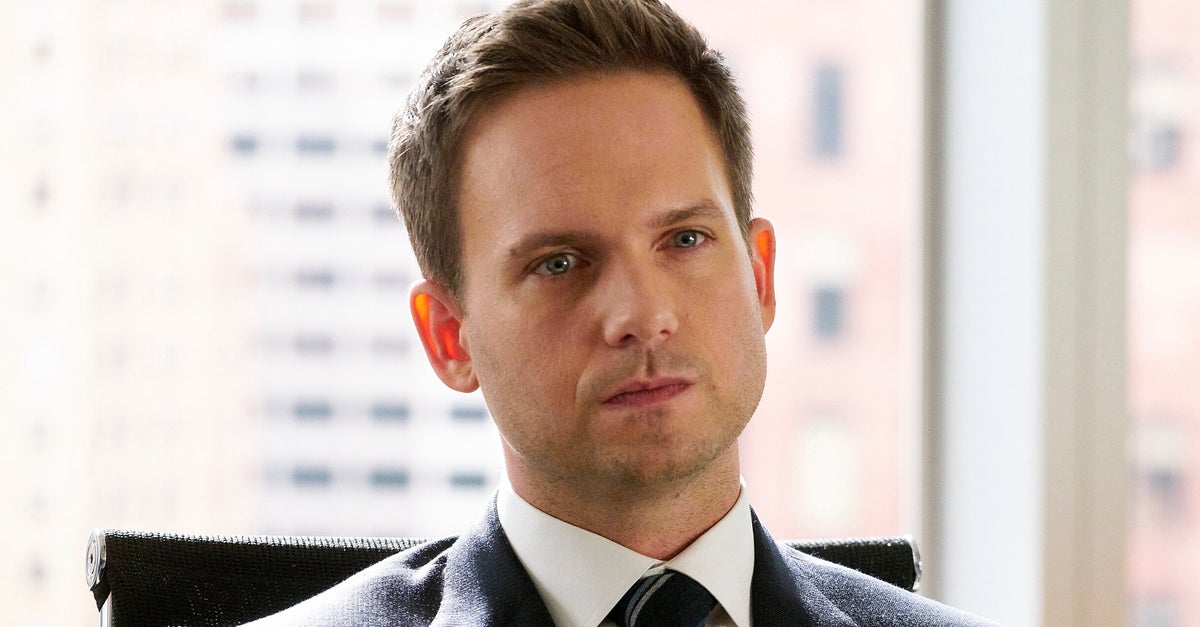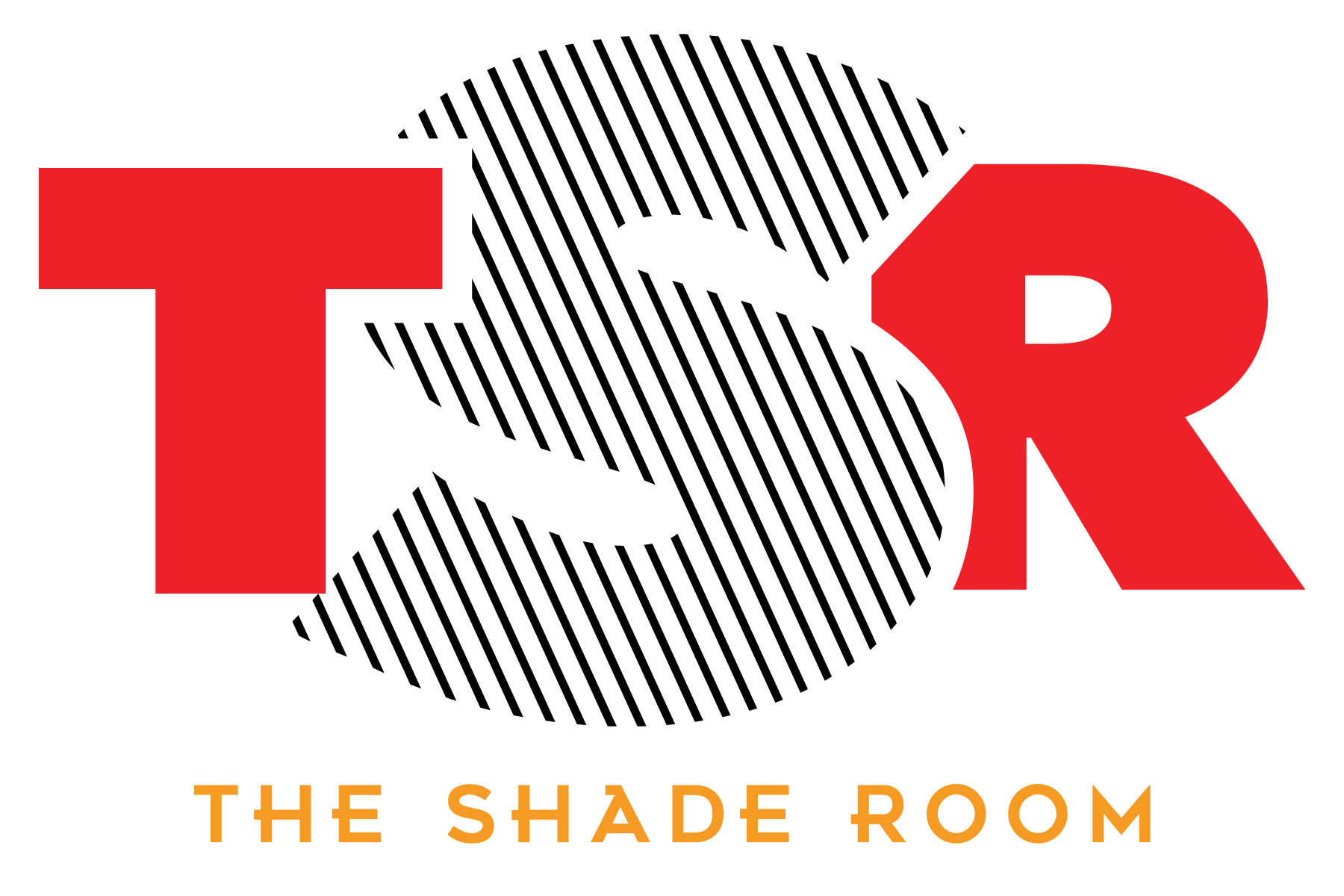
Shout! Factory
Mike Flanagan’s 2016 Hush feels like a cinematic exercise to create the purest thriller possible: a collection of set pieces with minimal dialogue and a logical progression built on keeping the audience in suspense for as much of the film as possible.
The film scales back the slasher film to its bare essentials and, in the process, ably demonstrates why anyone would be excited to see a vulnerable protagonist get terrorized for an hour and a half in the first place.
Hush stars Flanagan’s wife and frequent collaborator Kate Siegel (Hypnotic) as Maddie Young, a deaf-mute writer trying to finish her second novel in the relative seclusion of her mountain house.
Maddie’s neighbor Sarah (Samantha Sloyan) is chased to her cabin by a masked killer with a crossbow (John Gallagher Jr.).
When the unnamed killer realizes Maddie how vulnerable Maddie is, he begins a sadistic game of cat-and-mouse around her house to break her spirit before killing her.
That synopsis is designed to be as spoiler free as possible but even then, it’s easy to see how stripped down Hush is as a thriller. It has a cast of a half dozen fine actors, and it extracts as many suspense set pieces as it can in its eighty minute run time from this extremely simple premise. Flanagan is a huge fan of Stephen King’s work and this feels like it could have been a short story from King or Richard Matheson by how effectively it carries its simple premise forward without a lot of unnecessary exposition or explanation.
None of this would matter if Flanagan didn’t execute the visual storytelling properly, and happily he is (mostly) up for the challenge.
The film’s photography is a perfect balance of atmosphere and legibility and other than an inner monologue that opens the third act, he really rises to the challenge of keeping the audience in the head of the protagonist without dialogue. He “cheats” a few times, this is nowhere near as radical an exercise as John Woo’s Silent Night, but it’s very hard not to admire the commitment on display.
I opened this review by talking about how the central gimmick strips down the slasher to its barest essentials and, in doing so, recovers why anyone would be excited to see one in the first place and it’s worth circling around and discussing that in a little more depth.
The slasher film is the American child of British stage thrillers and Italian giallos: vulnerable people whom you come to care about being menaced and killed by a mysterious madman until the final act where the mystery is overcome and the killer is unmasked.
Over the course of time, the slasher sacrificed that integrity because it was a cheap and reliable way to make a lot of return on very little money ventured and the killers themselves became the draw. Hush brings back a stage thriller discipline to the proceedings with its unity of place, time, and action over a simple three act structure. It is a focused and sharpened edge of a film that looks to put its hero through hell and show them work their way out of it through their own blood, sweat, and tears.
Extras are plentiful, including both the original and new “SHUSH Cut” in B & W, audio commentaries, and interviews.
Hush, with its clever script, and an excellent central performance from Kate Siegel manages this feat nicely. It is not only a good slasher film, but a crossover thriller that could draw in people not generally fans of the genre.
Recommended.
 2 hours ago
1
2 hours ago
1

/cdn.vox-cdn.com/uploads/chorus_asset/file/23270003/vpavic_220210_5030_0054_Edit.jpg)




/cdn.vox-cdn.com/uploads/chorus_asset/file/23318438/akrales_220309_4977_0305.jpg)


)








 English (US) ·
English (US) ·